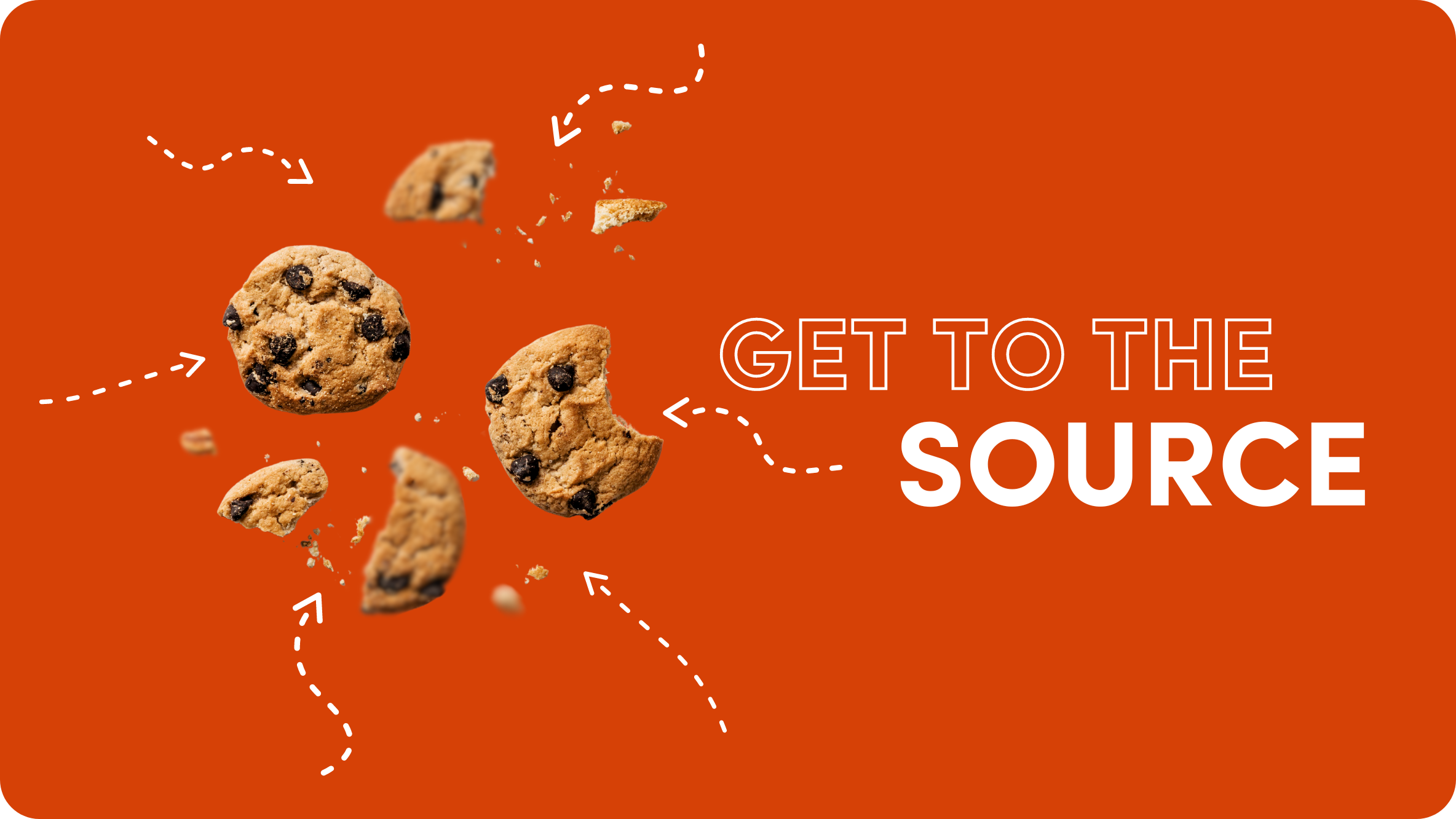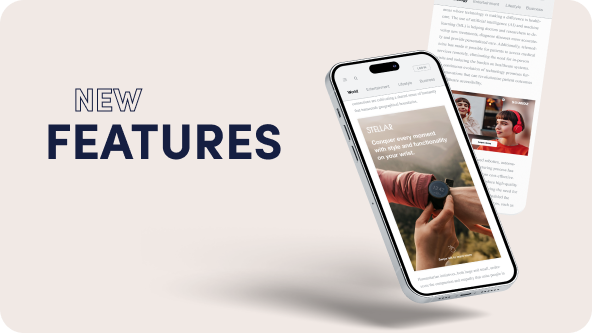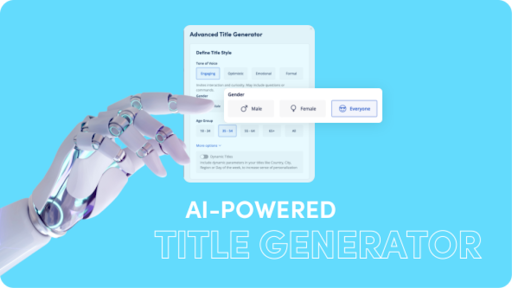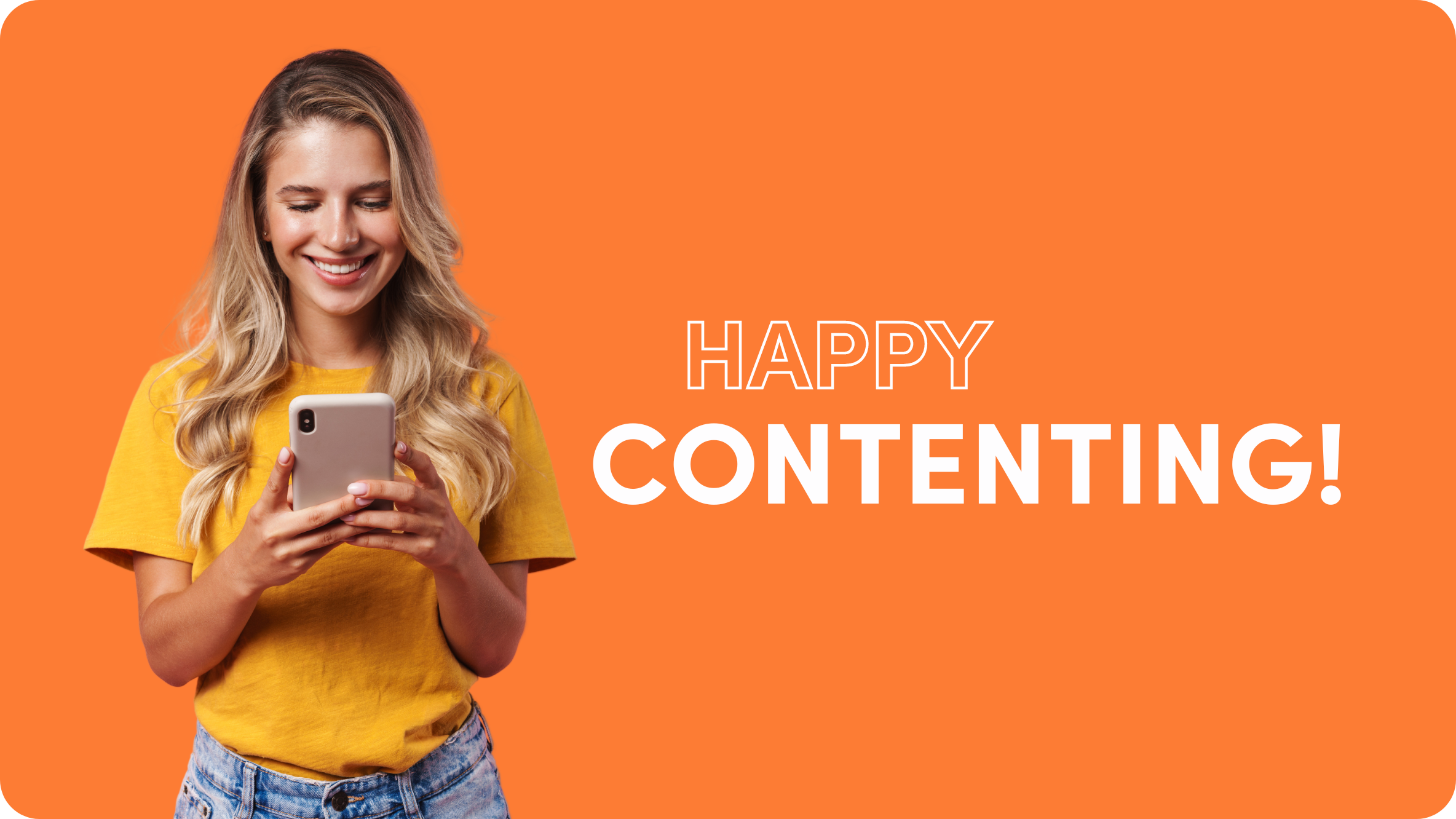Navigating the Cookieless Era Part 6: Conversion Attribution Reporting and Closing Thoughts

Here we are, the final chapter of our guide to Navigating the Cookieless Era – thanks for making it to the end! If you’re just discovering this article, be sure to check out the previous posts in the series:
- Part 1: It’s Not About Cookies, It’s About Profiling
- Part 2: Facing the User Identification Problem
- Part 3: Rethinking Media Planning with Contextual Targeting and AI
- Part 4: Exploring Identity Management Solutions: 1st Party Data, Universal Identifiers, Data Clean Rooms
- Part 5: What is Cohort Marketing? Google Privacy Sandbox & Seller-Defined Audiences
In this final installment, we’ll discuss attribution reporting, namely the changes to ads conversion tracking and source attribution, and how to tackle them in a cookieless future.
Conversion Tracking and Source Attribution
More and more media, especially digital, is bought today with specific goals. Accurate attribution reporting – the ability to tie the conversion event (ie. a purchase, app install, signup, etc.) back to the original source (ie. impressions or ad clicks) – is necessary to optimize budget allocation.
This is easy to do if both the ad impression and the click happen on the same publisher or platform, for example, Instagram. However, imagine that the user starts the conversion journey on an independent publisher page, sees an ad served by an ad network that uses its own click tracker, then lands on the marketer’s site, navigates through the site, and eventually clicks on a product or signs up to a service. In this common scenario, tracking and attribution become particularly difficult.
The open web must be able to share some level of data to connect these four independent events: impression, click, landing page, and conversion.
The good news is that conversion tracking is not user profiling, so it is not against the spirit of privacy regulations. The bad news is that the methodology for user tracking is also used for conversion attribution, which gets blocked because of profiling. According to the IAB, 73% of companies are experiencing and expecting more hurdles with measurement – the key to understanding performance and ROI.
“The era of a single source of truth for measurement is over.”
Faced with the challenges of this new reality, brands and agencies are reevaluating their approaches to measurement, considering attribution, media mix modeling, and more experimental solutions.
The hope for conversion tracking and attribution reporting lies with browsers: both main browsers, Safari and Chrome, are currently testing versions of conversion tracking support. With Google’s Attribution Reporting API, reporting is done at the browser level, enabling advertisers to measure conversions and attribution within Chrome, without relying on cookies. However, until this solution is fully developed, marketers are exploring the possibilities of further reliance on first-party data, media mix modeling, and attention measurement as alternative ways to gain valuable insights into campaign performance across multiple channels.
Where to Go Next in the Cookieless Future?
There is no silver bullet for solving all the challenges that come with the move away from cross-site tracking and profiling. So, what do we recommend?
Staying informed and aware of the evolutions in this space.
Below is a roundup of the must-check primary sources for the topics we’ve covered in this series. Don’t just follow your preferred media channels; take a few minutes and read through the blog posts of the actual movers and shakers of the industry:
- Chrome blog
- Safari blog
- Google Privacy Sandbox
- W3C new standards tracker
- IAB tech lab blog
- IAB Seller-Defined Audiences
- Project Rearc
- Google Attribution Reporting API
We also believe that it is better to thoroughly test several solutions rather than spreading too thin, which is likely to lead to poor execution, increased confusion, and user frustration. Carefully evaluate solutions based on your knowledge of existing audiences and on your specific business goals.
For publishers, we advise starting with your own first-party data. Understanding what data you have and if or how it can be used should be the first step in building your data strategy, followed by exploring two to three new industry solutions – such as the ones we detailed in the previous blog posts from this series – based on your business attributes and objectives.
For marketers and publishers alike, before committing to extensively testing a solution (which takes time and resources), we suggest asking yourselves the following questions:
- How can the solution integrate with your existing marketing tools?
- What exactly are you hoping to achieve with the solutions? How would you define success?
- What tools does the solution offer to control who has access to the data?
- How easy is it for you to set up, use, and maintain?
What About Outbrain?
In a cookieless future, Outbrain is in a strong position to ease the challenges for publishers and advertisers:
Outbrain is:
- Fully privacy aware: Offering full compliance with privacy regulations and standards.
- A contextual platform by design: Contextual targeting has been part of Outbrain since our inception, not something we started developing yesterday.
- Deeply integrated with code-on-page on many of the best publishers in the world: Providing first-party data and insights into user preferences.
- A platform that drives a high level of user engagement, not just views on ads: Outbrain is a proprietary AI-first platform that predicts outcomes, driving real results for businesses.
Additionally, we are actively working on:
- Doubling down on our contextual technology via Contextual 2.0, further improving our precision.
- Expanding our AI capabilities to develop innovative and effective targeting solutions, built for a privacy-centric internet.
- Directly collaborating with publishers to help support their different revenue streams and develop first-party data signals.
- Supporting universal ID solutions.
- Endorsing browser initiatives such as Google Topics API, Protected Audience API, and Attribution API (we are officially enrolled in the Privacy Sandbox).
While we support industry-standard solutions for addressability post-cookie, we believe that the long-term future of digital advertising will be rooted in first-party data, context, and effective predictions that drive outcomes.
Join Outbrain as we journey together to a cookieless future. Contact us.
FAQ
What is the goal of conversion tracking?
Conversion tracking measures and analyzes the effectiveness of marketing campaigns by tracking user actions that indicate valuable interactions or conversions, such as making a purchase, filling out a form, or signing up for a newsletter. This data helps marketers optimize their strategies and allocate resources more efficiently.
What are the benefits of conversion tracking?
Conversion tracking offers several benefits for marketers, including insights into campaign performance, accurate measurement of ROI, identification of high-performing channels, optimization of ad targeting and messaging, and better understanding of customer behavior. By tracking user actions that lead to conversions, marketers can refine their strategies, improve targeting, and maximize the impact of their campaigns.
What is conversion tracking protocol?
Conversion tracking protocol refers to the methods used by marketers to track and measure the user journey toward conversion across digital advertising platforms. Google Analytics 4 Measurement Protocol is an API that allows developers to send raw user interaction data directly to Google Analytics. It enables tracking of user interactions not automatically tracked by Google Analytics, providing more flexibility in data collection and a comprehensive view of user behavior.
















